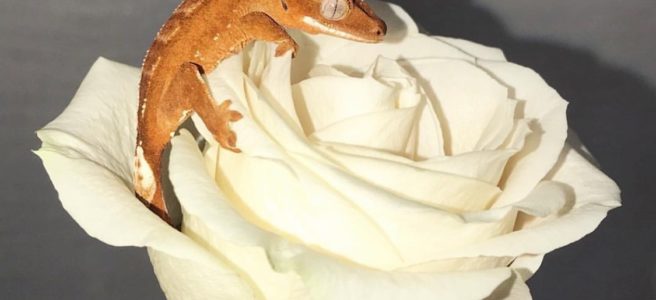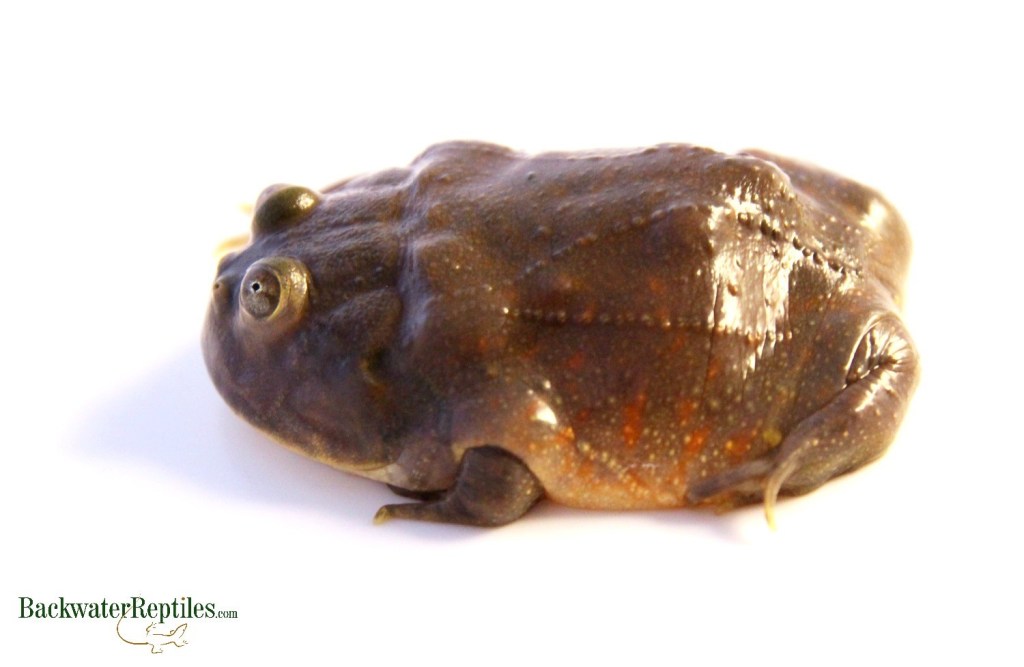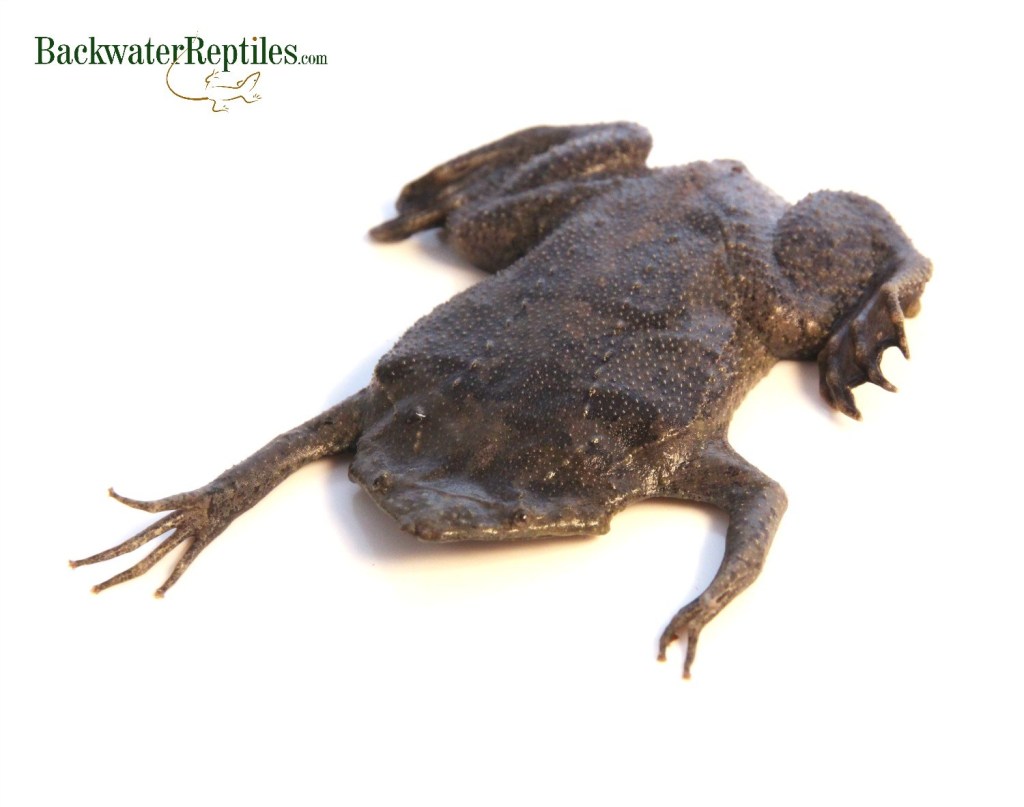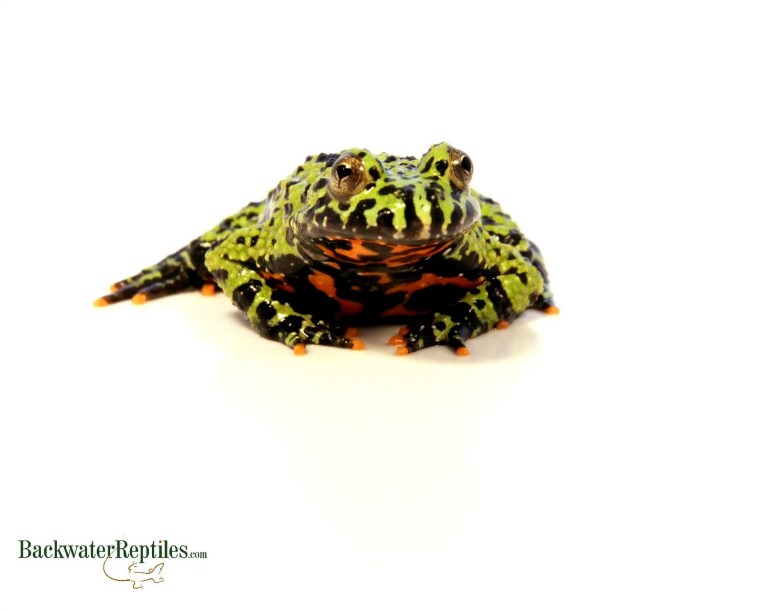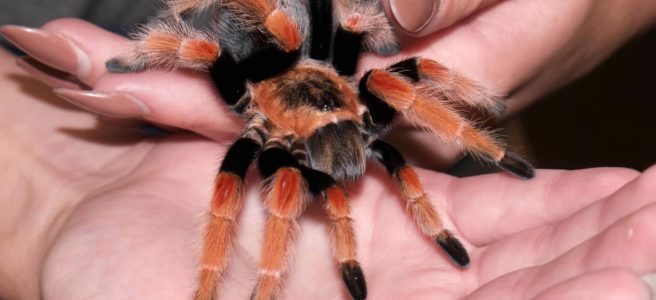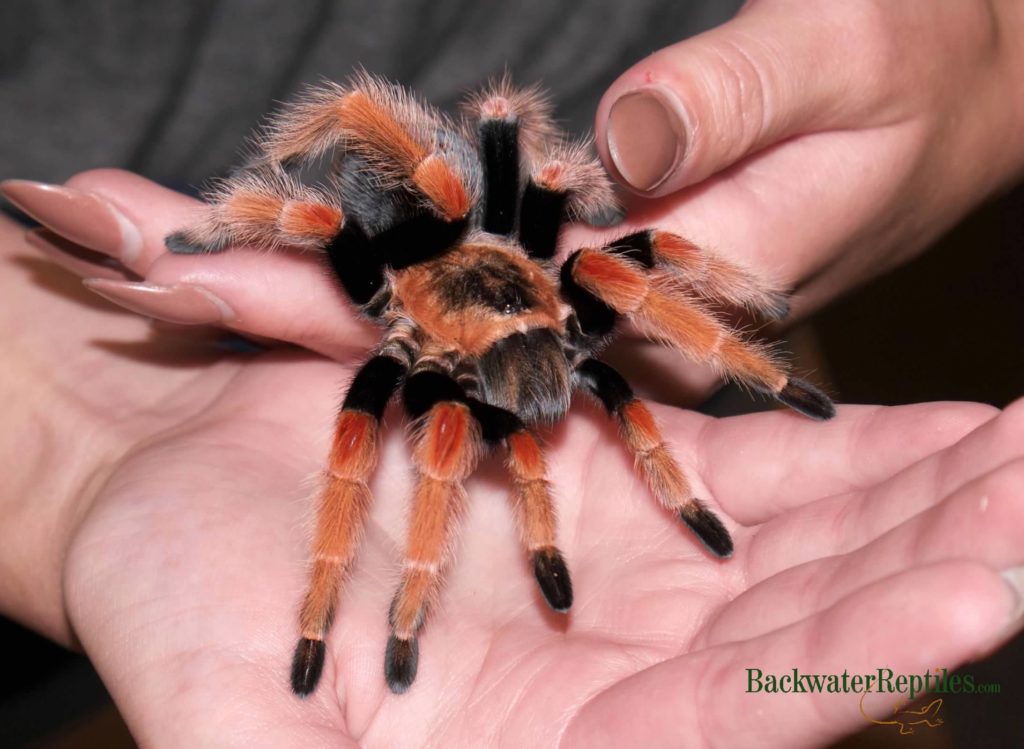How do you care for a crested gecko?
Crested geckos are becoming more sought after in the herpetology world, although they are still not as popular as their common cousin, the leopard gecko. We feel that crested geckos make excellent pets, but since they do require a bit more specific care, we’re going to discuss how to care for your pet crested gecko in this article.
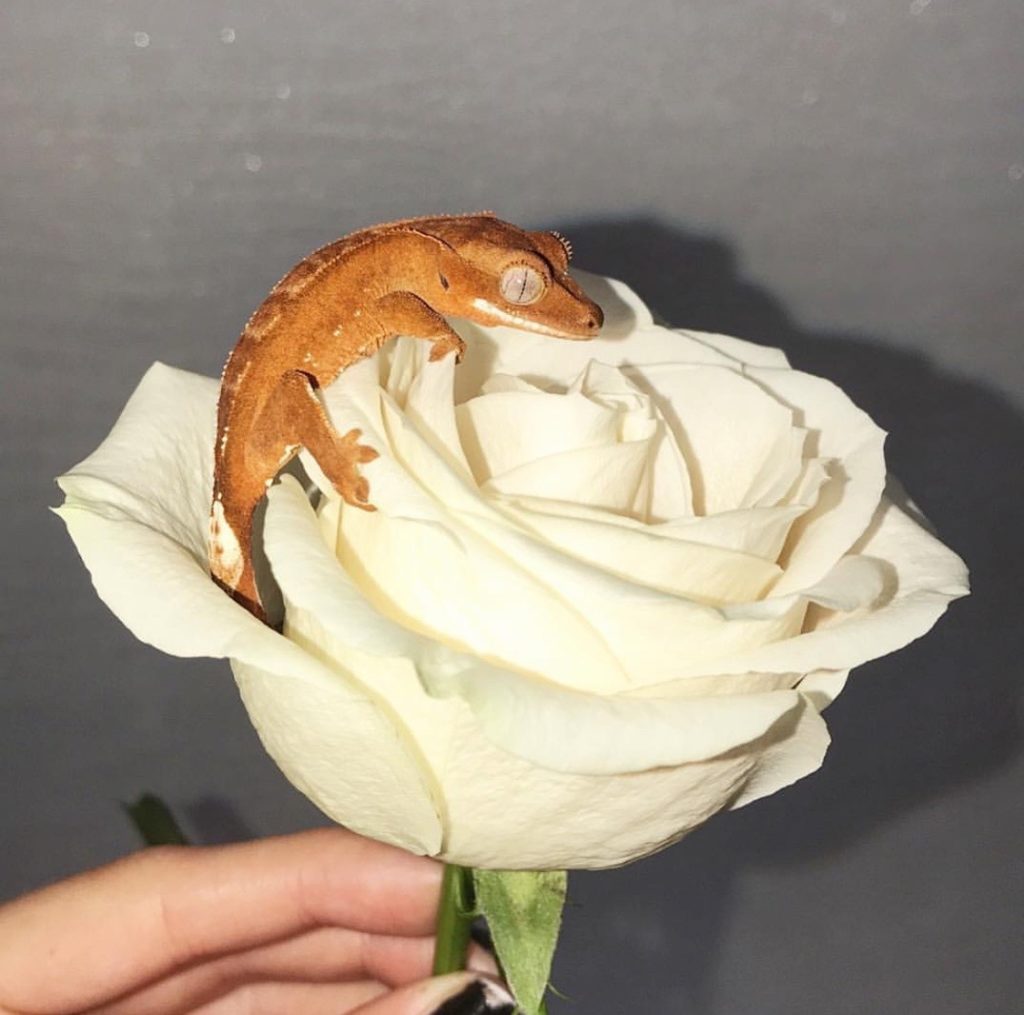
What exactly is a crested gecko?
Crested Geckos (Rhacodactylus ciliatus) are a species of fancy-looking gecko that originate from New Caledonia. They are arboreal and are known for their cute appearance. Not only do these lizards possess the standard gecko stickiness that people are so fond of, they have distinctive ridges that run the length of their back up to their eyes where they form spiky little eyelashes.
Herp hobbyists often call crested geckos Cresties and they reach about eight inches in total length. They are also commonly bred in captivity which means they can be purchased from specialty breeders in many morphs and color schemes.
Cresties also have fun personalities. They can be super sweet and cuddly or somewhat stubborn and even a tad aggressive. Overall, they do tend to socialize well with people and they make great display animals that also enjoy being handled.
Fun fact about crested geckos: they can live up to 20 years in captivity when cared for properly.
What kind of cage and lighting will my crested gecko need?
Because crested geckos are arboreal creatures, you will need a taller cage rather than a cage with horizontal space. We advise at least a 20 gallon enclosure for a single adult lizard. Cages with screen tops are usually preferred.
Most owners like to create a naturalistic environment for their crested gecko. You can achieve this with living or faux plants in the enclosure. If you have a green thumb, real plants are great, but faux plants work fine for the purposes of allowing your gecko a place to climb, hide and entertain itself. We also advise adding some element of cork or wood that enables the gecko to climb and camouflage as well. Just keep in mind that you don’t want the tank to contain too much furniture or decor.
During the daylight hours, cresties like the temperature to be between 78 to 82 degrees Fahrenheit. Nighttime temps can drop to the 70s range. You can achieve this by using a combination of heat and UV lamps and heating pads. We always advise investing in a good thermometer when owning any species of reptile. This will help you to monitor and maintain comfortable temps for your pet.
Always keep in mind when placing heating elements in your crested gecko’s enclosure that one side of the cage needs to remain cooler to allow your gecko to thermoregulate. You must create a warmer basking side and allow for the other area of the cage to be colder. Like any human, the gecko will choose to be warmer or cooler depending upon its needs.
It’s important to line your crested gecko’s cage with the proper kind of substrate. We typically use coconut husk and soil mixture as it makes it easier to maintain a good humidity level. Other good options are paper towels or reptile carpet if you don’t mind the minimalist, non-natural look.
One final element that is important to keeping your crestie healthy is moisture. Humidity levels should be no lower than 50 percent and ideally stay around 70 percent. This can be achieved through a humidifier, spritzing the cage regularly with water or through evaporation of moisture from the substrate. It’s all a matter of personal preference that depends largely upon how much time the owner wants to invest in monitoring the gecko’s cage.

What should I feed my pet crested gecko?
Did you know that crested geckos do not need to be fed live insects? Modern science has actually formulated a powdered food that you simply mix with water and put in a dish for your gecko. It’s almost as simple as feeding your cat or dog! These pre-made meals contain everything your crested gecko will need nutritionally to thrive, so they come highly recommended by many owners and breeders. They are also commonly sold in pet stores nowadays as they are such a convenient alternative to live insects.
If you happen to own a crested gecko that is not captive bred, it might be a bit tougher to get the gecko to eat food out of a dish. Not to worry! In this case, just feed your gecko a mixture of live insects such as crickets, mealworms, wax worms and roaches. You should also offer fruit as a treat. Not only is it good for the gecko’s diet, it’s very entertaining to watch them eat it.
Drinking water is something that your crested gecko should always have access to. Simply provide a shallow water dish for your gecko that is always clean and free of debris. Misting and allowing water to collect on leaves and fixtures is also acceptable in addition to a water dish.
What happens if my crested gecko loses its tail?
Like many species of lizard, crested geckos can drop their tail if its necessary. This is a defense mechanism and allows them to flee from predators unscathed.
Unlike many other species, the tail of a crested gecko will not grow back. Once a crested gecko loses its tail, it becomes known as a “frogbutt” and will simply have a stump on its rear-end for the rest of its life. We think they look rather cute this way, although we don’t advise purposefully making your gecko drop its tail since it can be a sign of stress on the animal.
If you are interested in learning what to do if your own pet crested gecko loses its tail, feel free to read our article discussing that very subject.
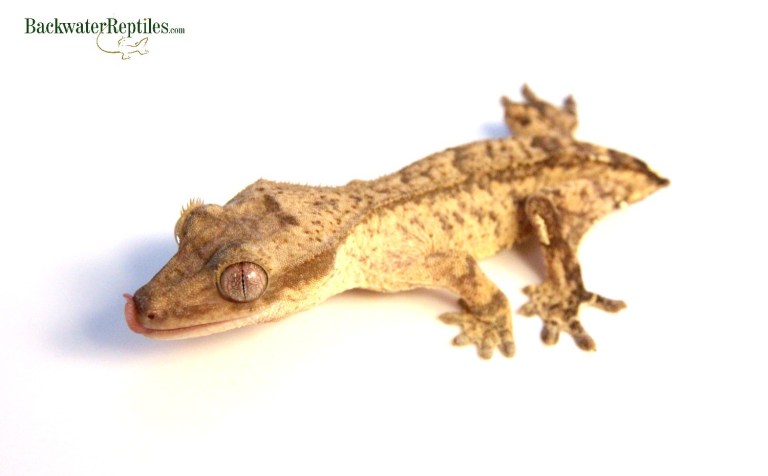
Conclusion
Crested geckos are unique little lizards with a lot to offer potential owners. They are very adorable and have quirky personalities once you get to know them. We also like the fact that they exhibit a variety of patterns, colorations and morphs.
If you are interested in a pet crested gecko of your own, Backwater Reptiles has crested geckos for sale. We recommend getting a baby because it’s so much fun to watch them grow up.

